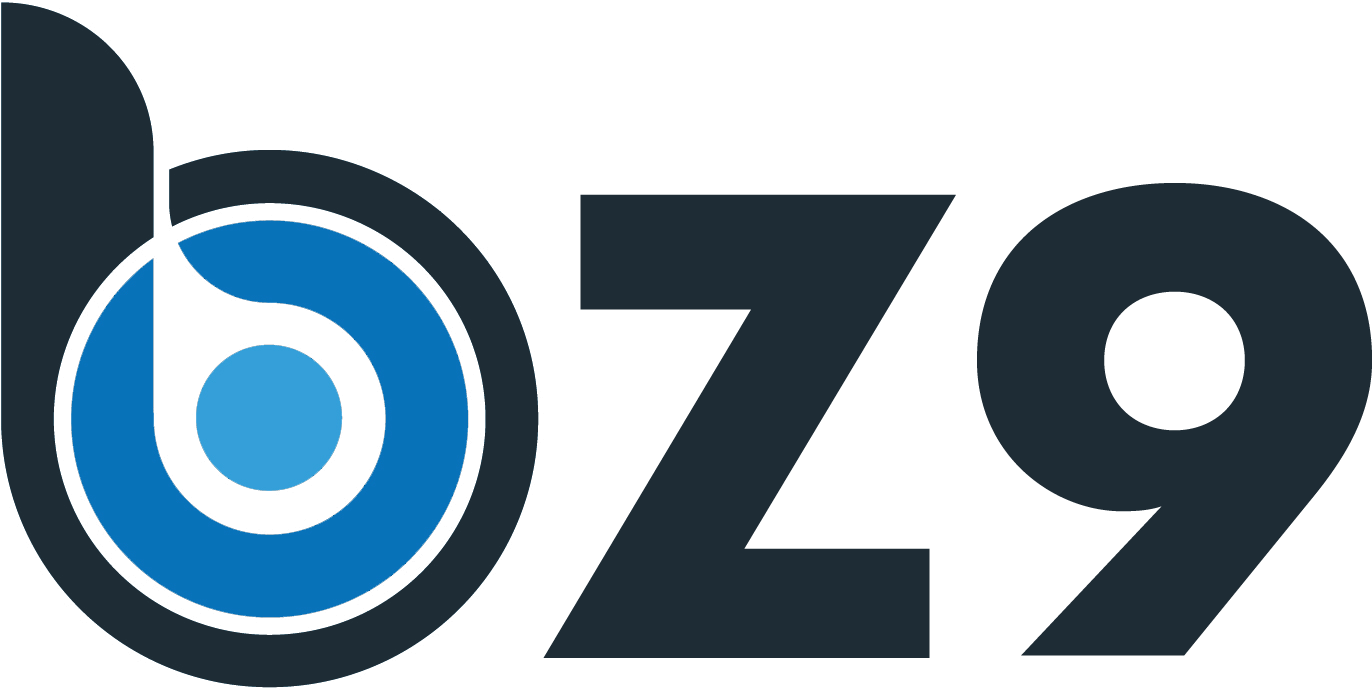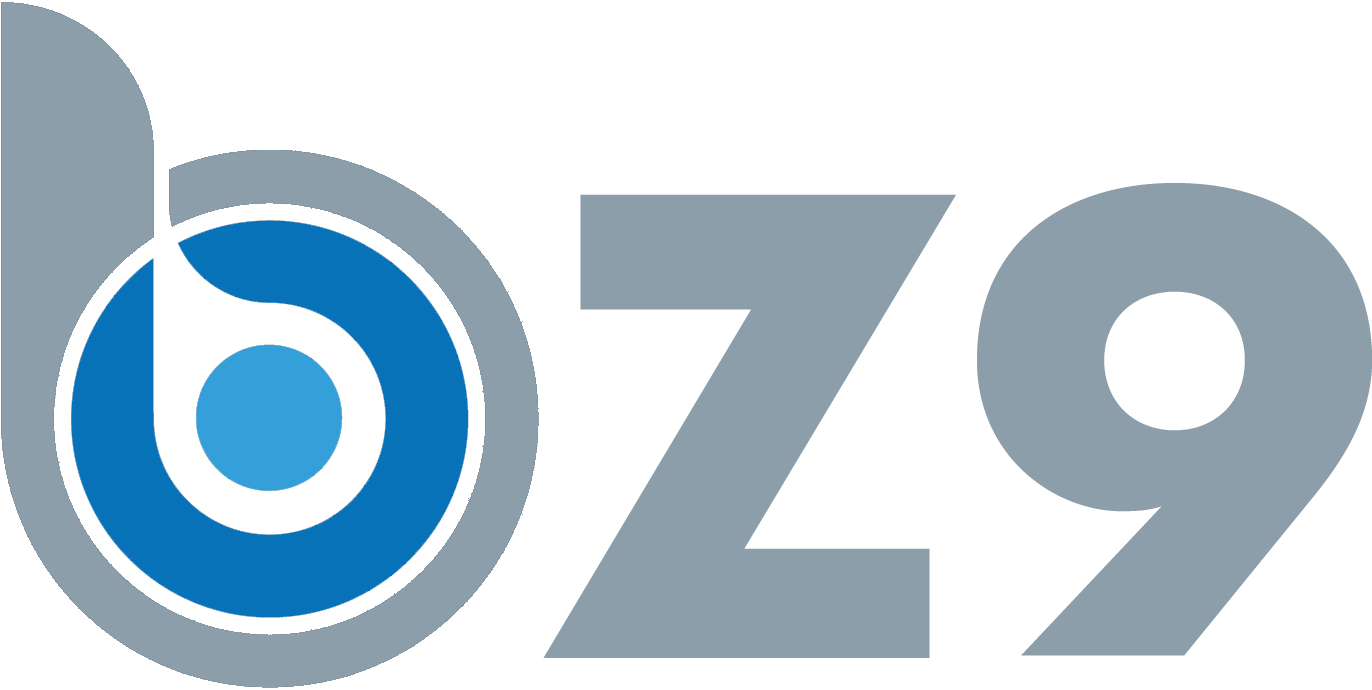
Have you ever wished your textbook could talk? Or that your kid's storybook could play games? Well, guess what? QR codes are making that happen! These little square barcodes are shaking things up in the world of books and learning materials. Let's chat about how they're changing the game for students, teachers, and book lovers everywhere.
What's the Big Deal with QR Codes in Books?
Remember when books were just... books? Pages with words and maybe a few pictures? Those days are changing fast. QR codes are adding a whole new layer to our reading and learning experiences. Here's what they're bringing to the table:
- Extra Goodies at Your Fingertips: Scan a code and boom! You've got videos, audio clips, or more info to dive into.
- Learning Turned into a Game: QR codes can lead to quizzes or games that make learning feel like play.
- Always Up-to-Date: In subjects where things change quickly, QR codes can link to the latest info, keeping your books current.
- Speak Your Language: One QR code can offer content in different languages, making books more accessible to everyone.
- Easier for Everyone: For folks with disabilities, QR codes can open up audio versions, larger text, or even sign language videos.
Cool Ways QR Codes are Being Used in Learning
These little codes are popping up all over the place in education. Check out some of the clever ways they're being used:
1. In Regular Textbooks
- Quick Chapter Recaps: Scan a code at the end of a chapter for a short video summary.
- More Examples, Please: Tough concept? The QR code might lead to extra examples that make it click.
- Diagrams That Move: Imagine turning a boring old diagram into an animation with just a scan!
2. In Kids' Books
- Story Time, Anytime: QR codes can bring up a professional narrator to read the story aloud.
- Characters That Talk: How cool would it be to scan a character and hear their voice?
- The Story Continues: Some codes might lead to bonus chapters or different endings. It's like a choose-your-own-adventure!
3. In Workbooks and Study Guides
- Video Help: Stuck on a tough problem? Scan for a step-by-step video explanation.
- Check Your Answers: QR codes can reveal answers and explanations when you're ready for them.
- Track Your Progress: Some codes might link to online tools where you can see how you're improving over time.
4. In Language Learning Books
- Say It Right: Codes next to new words can play audio so you know exactly how to pronounce them.
- Cultural Tidbits: Learn about the culture behind the language with videos or articles linked by QR codes.
- Practice Talking: Access role-playing scenarios to practice your conversation skills.
5. In Science and Tech Books
- Real-Time Data: Link to current stats or live data that's always changing.
- Virtual Experiments: Can't do the real thing? QR codes might lead to virtual labs or simulations.
- Chat with Experts: Scan to watch interviews with people who really know their stuff.
Who's Winning with QR Codes in Books?
These nifty codes are making life better for pretty much everyone involved in learning:
For Students:
- Learning Gets Fun: Interactive stuff makes hitting the books way more enjoyable.
- Your Way, Your Pace: Access extra help or dive deeper into topics you love.
- Get It Quicker: Sometimes seeing or hearing something explained makes it 'click' faster than just reading.
For Teachers:
- Mix It Up: Easy to blend digital resources into lessons without a tech headache.
- Stay Current: Update the online stuff without having to buy all new books.
- Quick Check-Ins: Link to quick quizzes or assignments to see how the class is doing.
For Parents:
- Get Involved: Scan along with your kids to see what they're learning.
- Extra Help at Home: Access additional explanations or examples when helping with homework.
- Keep It Interesting: QR codes can turn reading time into an interactive adventure.
Making It Work: Tips for Using QR Codes in Books
If you're thinking about using QR codes in your own books or classroom, here are some friendly tips:
- Keep It Simple: Make sure the codes are easy to spot and scan.
- Tell People What to Expect: A little hint about what the code leads to can spark curiosity.
- Test, Test, Test: Make sure those codes work on different phones and in various lighting.
- Don't Overdo It: Too many codes can be overwhelming. Use them where they really add value.
- Have a Backup: Remember, not everyone might have a smartphone. Have alternative ways to access the extra content.
What's Next for QR Codes and Books?
The future looks pretty exciting! Here are some cool ideas that might be just around the corner:
- AR Books: Imagine scanning a code and seeing 3D models pop up from the page!
- Smart Recommendations: Codes that learn what you like and suggest more content just for you.
- Social Reading: QR codes could connect you with other readers to discuss the book in real-time.
- Write Your Own Adventure: Codes that let readers contribute their own content or alternate storylines.
Wrapping It Up
QR codes in books and learning materials aren't just a cool tech trick – they're changing how we learn and interact with information. They're making books come alive, turning pages into portals, and giving both kids and adults new ways to explore and understand the world around them. Whether you're a student looking to make study time more interesting, a teacher aiming to engage your class in new ways, or a parent wanting to spice up storytime, QR codes are opening up a whole new chapter in the world of books and learning. So next time you see one of those funny-looking square codes in a book, give it a scan. You never know what kind of adventure it might lead you on!




